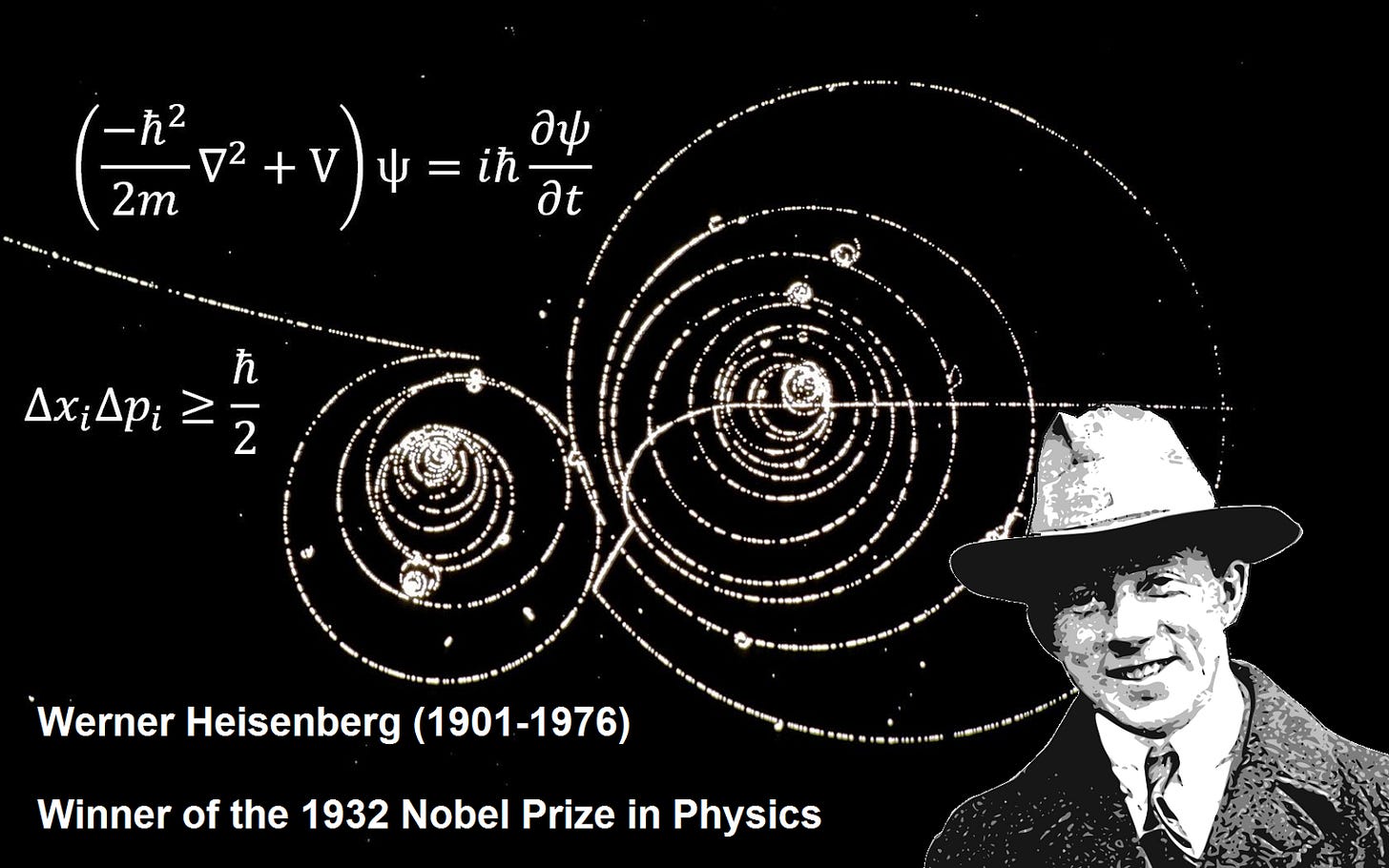The Uncertainty Principle in Programming
Do not trust the strength of a coach that is 100% sure - as uncertainty exists in training.
Uncertainty: A Reality of Programming
Training science is a field where principles from other scientific disciplines can be applied. For example, Soviet training manuals incorporated Newtonian laws of physics into the sport of Olympic weightlifting. Similarly, a principle formulated by the German physicist and Nobel laureate Werner Heisenberg in 1927, known as the uncertainty principle, states that we cannot know both the position and speed of a particle, such as a photon or electron, with perfect accuracy.1 Just as physicists are constrained by this principle, strength practitioners are too constrained by uncertainty, as we can never know all the fundamental capacities of Point B at one point in time with perfect accuracy - and that is okay!
This uncertainty is a reality of programming training work - our job - and something we must deal with. We cannot be paralyzed by analysis; we must design training programs, making decisions on tissue-specific selection, exercise selection, loading type, resistance type, time under tension, repetitions, and many factors with some degree of uncertainty. This is where our training heuristics come into play.
Perfect Doesn’t Exist, But Optimal Does
The reality is that perfection does not exist; it cannot due to the uncertainty principle. This means that the perfect training solution also does not exist, and that is okay, as all we need is an optimal solution! "Train optimal" are words we've all heard from Louie Simmons.
Heuristics: The Pathway to Generating Optimal Training Solutions with Uncertainty
Keep reading with a 7-day free trial
Subscribe to Absolute: The Art and Science of Human Performance to keep reading this post and get 7 days of free access to the full post archives.



